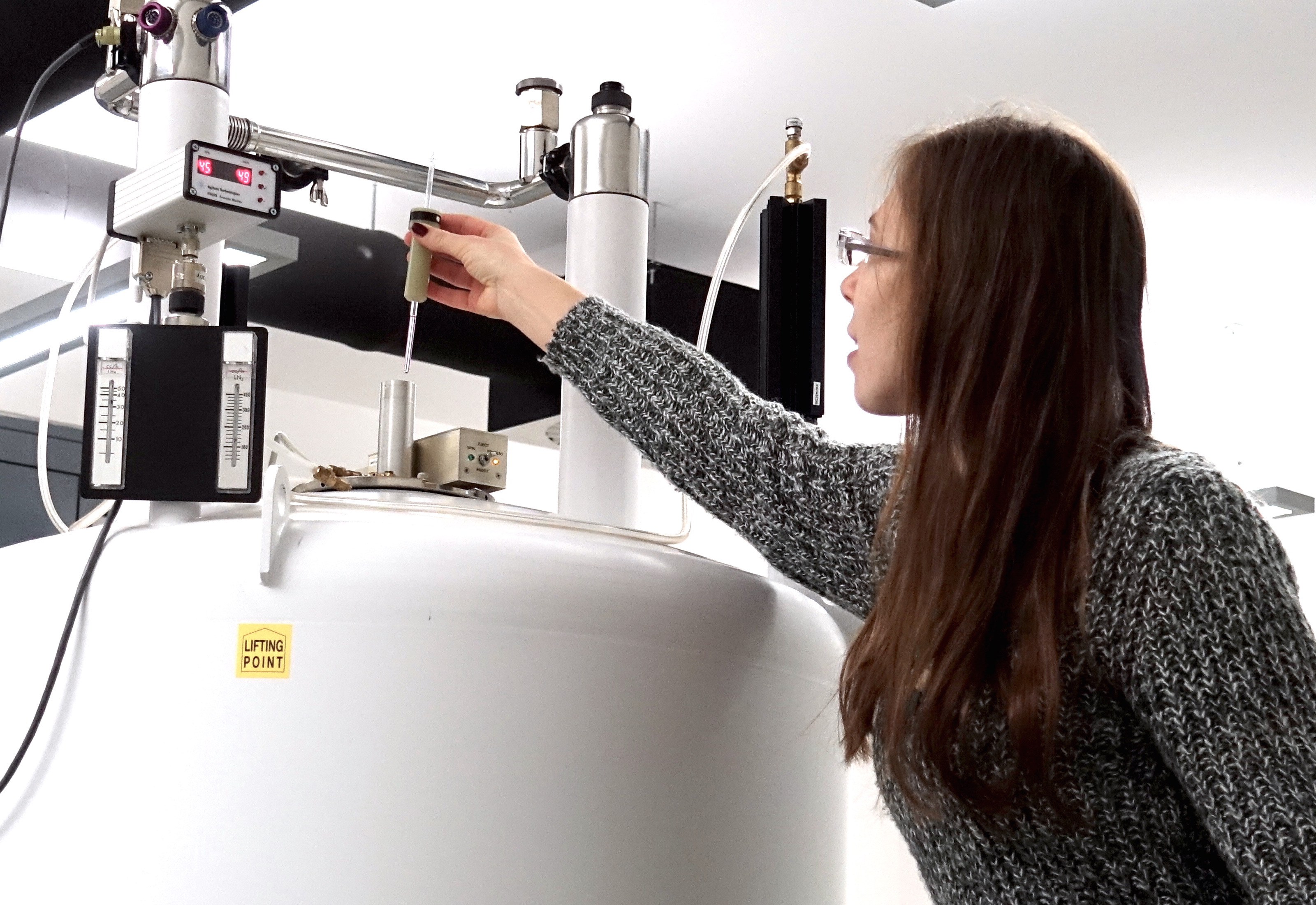CERIC-ERIC
Social Media
CERIC (www.ceric-eric.eu) is a distributed research infrastructure integrating and providing open access to some of the best facilities in Central and Eastern Europe, to help science and industry advance in all fields of materials, biomaterials and nanotechnology. It enables the delivery of innovative solutions to societal challenges in the fields of energy, health, food, cultural heritage and more.
CERIC-ERIC, in line with the ERIC Regulation (EC No 723/2009), has established and operates a multidisciplinary distributed research infrastructure on a non-economic basis. CERIC integrates and provides open access to some of the best facilities in Central and Eastern Europe, to help science and industry advance in all fields of materials, biomaterials and nanotechnology. With a single entry point to leading national research institutes in 8 European countries, it enables the delivery of innovative solutions to societal challenges in the fields of energy, health, food, cultural heritage and more.
CERIC Partner Facilities
The Statutory Seat is at present hosted by Italy. Each Member country appoints one Representing Entity, and contributes to CERIC by making available and supporting a high-quality Partner Facility.
This facility is dedicated to the structural characterization of nanosystems with scattering techniques covering topics such as advanced materials, (bio-)polymers, proteins in solids, surfaces, liquids and in the gas phase.
This facility develops and allows access to ion beam techniques for materials’ modification and characterization, such as PIXE and RBS, as well as a heavy ion microprobe, dual beam irradiation chamber with RBS/channeling, and TOF ERDA spectrometer.
This facility has expertise in surface analysis, thin film growth and studies of the reaction mechanism on catalyst surfaces. It offers, amongst others, Photoelectron Spectroscopy (XPS, XPD, ARUPS) with Low Energy Ion Scattering Spectroscopy and LEED.
This facility performs R&D in nuclear science and technology, studying the interaction of radiation with matter and doing isotope and nuclear chemistry, radiography and radiation chemistry, surface chemistry and catalysis (PGAA, NAA, RAD).
This facility covers a wide range of experimental techniques and scientific fields, including photoemission, spectromicroscopy, crystallography, dichroic absorption spectroscopy, x-ray imaging etc. >>read more
This facility offers techniques based on synchrotron radiation: the PEEM/XAS beamline (200-2000 eV photon energy range) is equipped with PEEM – Photoemission Electron Microscopy – and XAS, devoted to spectroscopy studies by absorption of soft X-rays.
This facility has HRTEM and EPR laboratories for research in solid state physics and materials science, including the synthesis and characterization of advanced materials for applications in microelectronics, catalysis, energy industry and ICT.
This facility offers NMR spectroscopy for chemical analysis and identification, for determining 3D structures and studying the dynamics of small and larger bio-macro-molecules, for tracking chemical reactions in analytical and bioanalytical procedures, for studying polycrystallinity and identifying metabolites and various amorphous forms.

Slovenian NMR spectroscopy © CERIC
Access to the facilities

Materials Science Beamline © CERIC
Access to the facilities is open to researchers from all over the world through the submission of single- or multi-technique proposals to the two calls for proposals launched every year. A peer review evaluation system guarantees a competitive free access to the 50 techniques available. The only condition for free open access is publication of the results of the experiments.
Commercial users can also request access to CERIC, which is granted on market-based conditions. The scientific quality of the infrastructure is ensured by the periodical evaluation of all laboratories by an international independent expert body, the International Scientific and Technical Advisory Committee (ISTAC) of CERIC.
CERIC-ERIC is a member of

Contact Information
| Name: | Nicoletta Carboni |
| Address: | S.S. 14, Km 163,5, in AREA Science Park, 34149 - Trieste, Italy |
| Email: | nicoletta.carboni@ceric-eric.eu |


